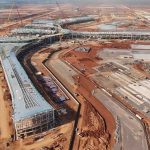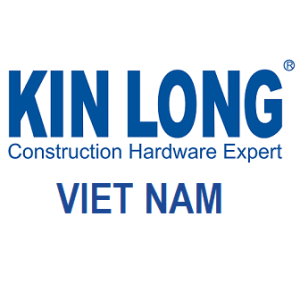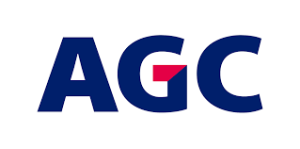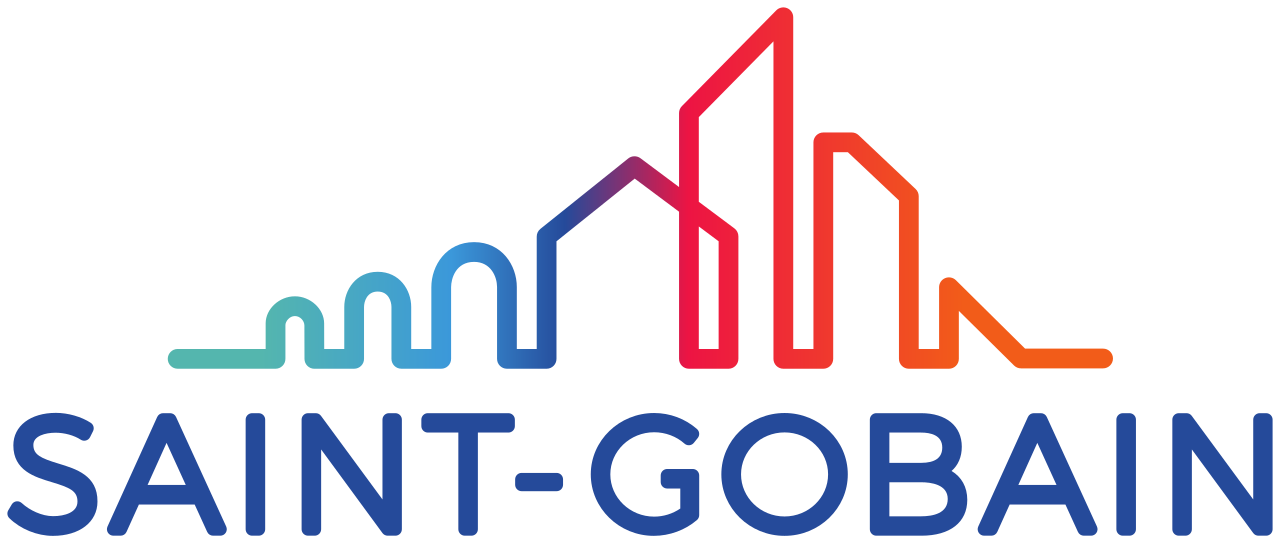Finding Solutions to Accelerate the Development of the Urban Railway Network in Ho Chi Minh City
May 29, 2025 – 8:23 AM
Ho Chi Minh City must closely integrate the planning of each metro line with sustainable urban development models following the Transit-Oriented Development (TOD) approach. It is necessary to make effective use of both domestic and international consultants to shorten implementation time. At the same time, mastering technology, developing the rail industry, and training a synchronized workforce are essential for efficient operations.
Metro Line 1 marks a significant milestone in the development of modern public transportation in the city.
These views were shared by many experts during a scientific seminar held on May 28, organized by the Ho Chi Minh City Institute for Development Studies to discuss the implementation of Resolution No. 188/2025/QH15 on piloting several specific mechanisms and policies to develop the urban railway network in HCMC.
According to a representative from the HCMC Department of Construction, under the current plan, by 2035 the city will build 7 metro lines with a total length of 355 km and a total investment of about USD 40.2 billion. By 2045, an additional 3 lines are expected to be built, adding 155 km and about USD 17.9 billion in investment. To achieve these goals, the city plans to mobilize a large amount of capital, focusing primarily on the municipal budget, credit loans, municipal bonds, public-private partnerships (PPP), and other support from central and international sources.
At the seminar, experts noted that the implementation of planned TOD locations still faces many challenges. One major obstacle is the overlapping and inconsistent legal framework among urban, transportation, and land-use planning, making it difficult to integrate TOD projects. In addition, the current land acquisition, valuation, and compensation mechanisms are problematic, causing delays in site clearance.
Dr. Trần Du Lịch, Chairman of the Advisory Council for the implementation of Resolution 98/2023/QH15 dated June 24, 2023, stated that building 355 km of urban rail in HCMC by 2035 is a major challenge.
To meet this target, in addition to the new mechanisms provided by Resolution 188/2025/QH15, the city must change its methods, management practices, and mindset in execution.
The city must align the planning of each metro line with the TOD model, effectively utilize both domestic and international consultants to shorten implementation time, master core technologies, develop the rail industry, and train a capable workforce for efficient operations.
To successfully implement the TOD model, architect Ngô Viết Nam Sơn, a member of the advisory council for the implementation of Resolution 98, suggested that metro and TOD planning must be conducted simultaneously—especially now that HCMC has expanded to include parts of Bình Dương and Bà Rịa–Vũng Tàu, becoming a mega-urban area.
According to Mr. Sơn, metro routes do not necessarily have to follow existing traffic corridors but can open new transport axes, passing through areas without existing residents—areas that could become TOD development zones. “Investing in densely populated areas involves high land prices and compensation costs, causing lengthy delays. In contrast, developing in areas with available land reserves can attract more investment,” he shared.
Additionally, Mr. Sơn noted that Vietnam currently lacks experience in TOD development. Therefore, the consultancy team should include international experts or investors to pilot a well-designed TOD metro line, which could then serve as a model for expansion.
Similarly, Assoc. Prof. Dr. Vũ Anh Tuấn, Director of the Transport Research Center at the Vietnamese-German University, recommended establishing a dedicated agency to implement TOD and involving international consultants in its development.
Furthermore, land acquisition, land valuation, capital reallocation, and the legal framework for public-private partnerships need to be completed urgently to provide a clear and attractive legal corridor that encourages investment and accelerates TOD project implementation.
















